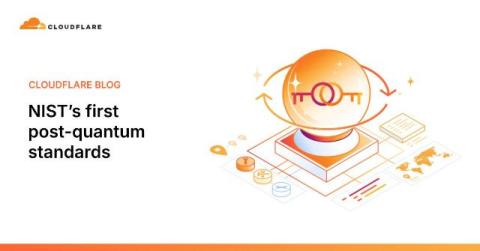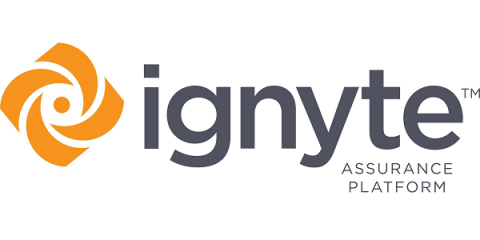NIST Cybersecurity Framework'
Join Anand Prahlad, CEO & President of Parablu, and Venkatesh Sagare, Co-founder and CTO of Giniminds and Cloudigy, for a focused discussion on the NIST Cybersecurity Framework’s five essential steps for ransomware defense.







